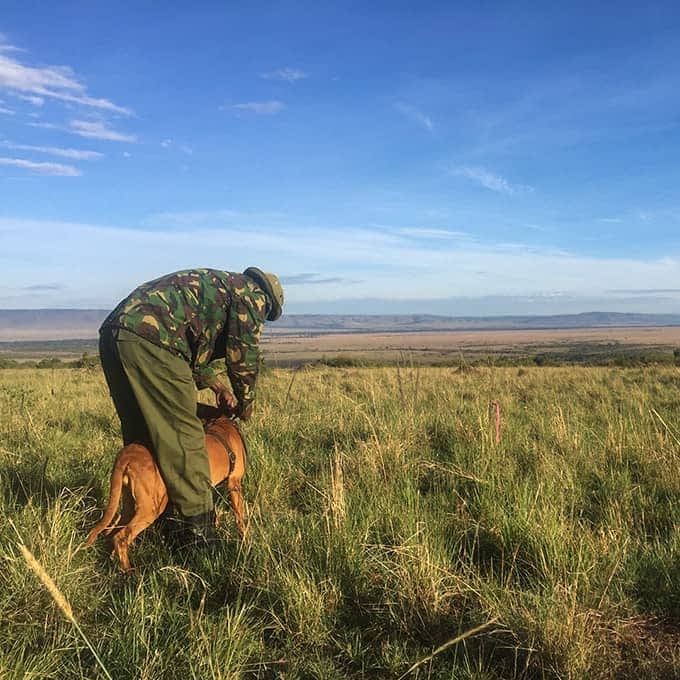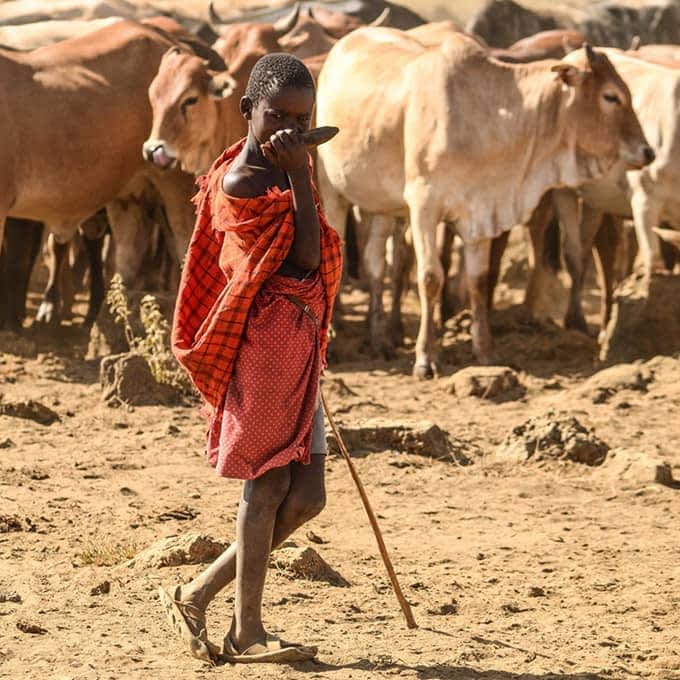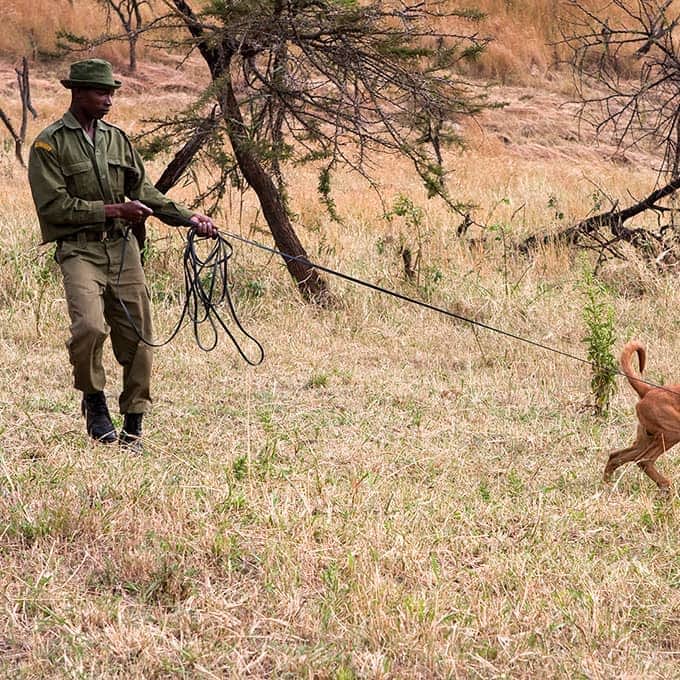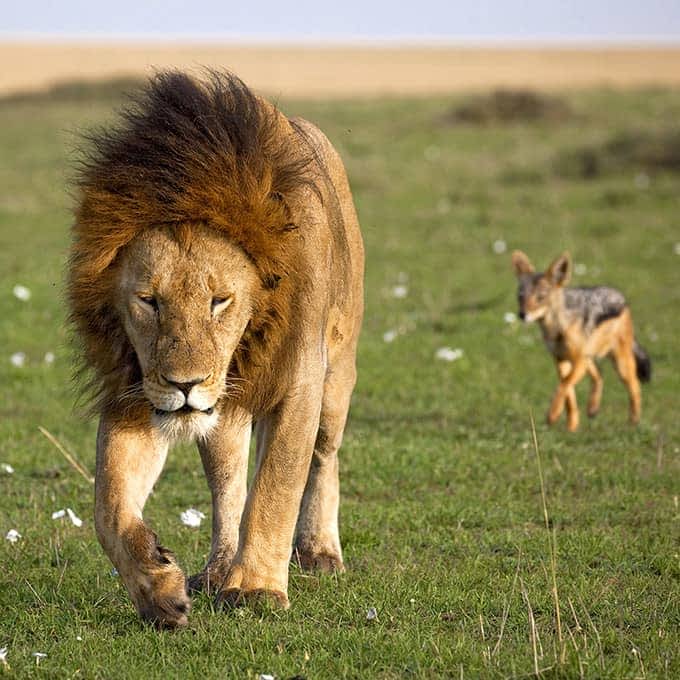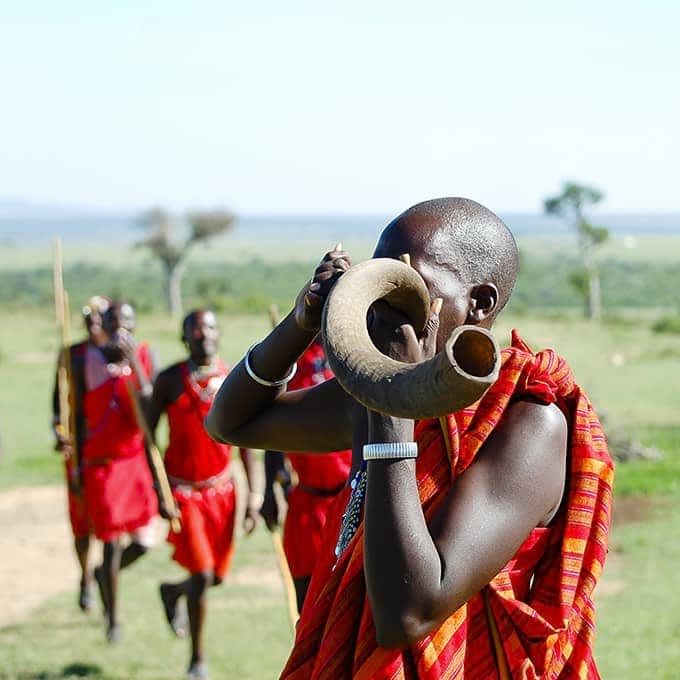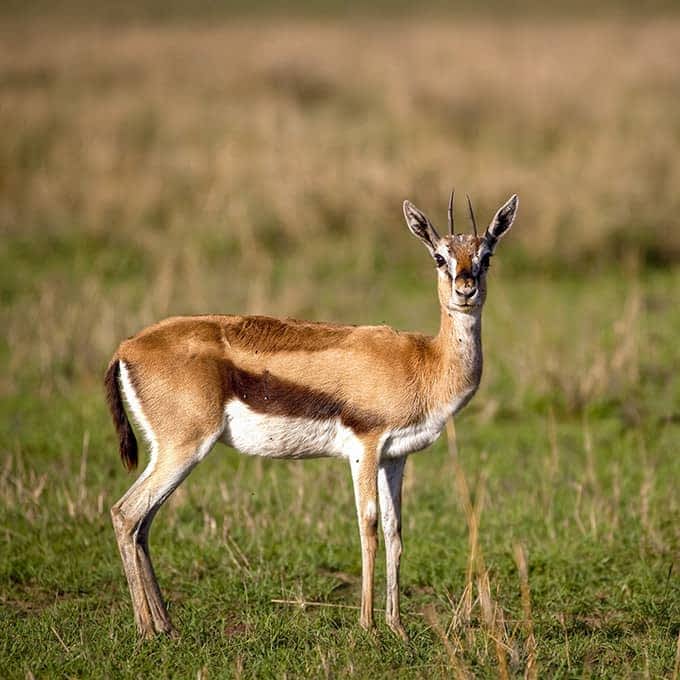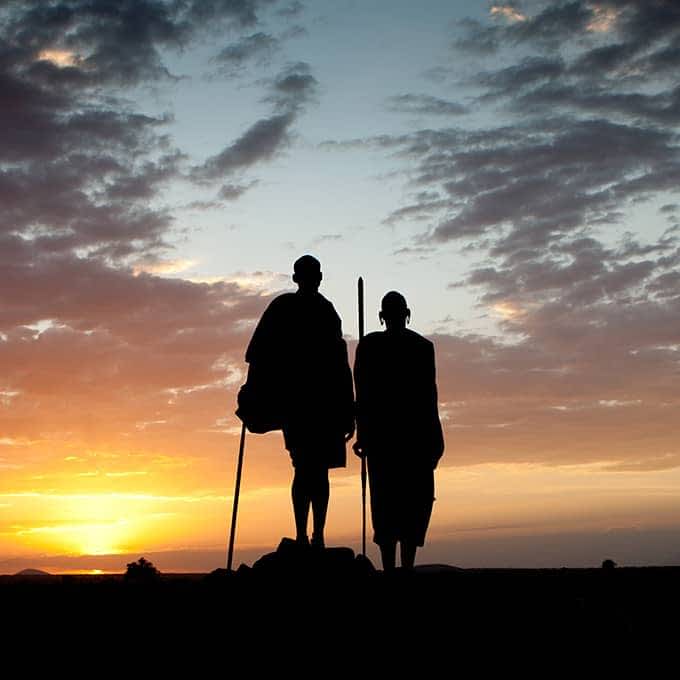Masai Mara origins
Originally the part of the Masai Mara ecosystem earmarked as a wildlife sanctuary in 1961 only covered 520 square kilometres. During the same year this area was extended to the east and grew to cover 1821 square kilometres. Part of the area was later converted into the Masai Mara National Reserve and managed by The Narok County Council (NCC). Eventually in 2001 management of the western corner of the Masai Mara National Reserve, the Mara Triangle, was transferred to the non-profit Mara Conservancy. Another portion of the land was returned to the local Masai communities (and would later become conservancies). The conservancies lie just beyond the National Reserve border and they are administered by their respective Group Ranch Trusts of the Maasai Community.
Conservation Mara Triangle
The Mara Triangle was once a bandit and poacher’s haven. Until the Mara Conservancy was established in 2001, there were large poaching camps operating within the Mara Triangle. Since the management of the Mara Conservancy in the Mara Triangle anti-poaching and de-snaring patrols keep the area safe for its wildlife. Since 2001, a cross-border collaboration with the Serengeti National Park has resulted in the arrest of over 3,415 poachers, the clearing of more than 44,846 snares, the recovery of 200 heads of stolen Maasai cattle and the treatment of wildlife injured by snares. As of 2009 the Mara Conservancy also initiated a tracker dog unit to help in the protection of the Mara Triangle. The unit consists of six bloodhounds and eight handlers. The dog unit is an important way to protect local wildlife from poachers. Poaching for the commercial bushmeat trade of wildebeest, zebra and Thompson gazelle is a regular occurrence in the Mara Triangle. Having the dog units to patrol the Mara Triangle has led to a higher success rate in deterring poachers. Learn more about the Mara Triangle.
Conservation in Masai Mara conservancies
The Masai Mara conservancies are supported by the Maasai Mara Wildlife Conservancies Association (MMWCA). Their mission is "to conserve the greater Maasai Mara ecosystem, through a network of protected areas, for the prosperity of all – biodiversity and wildlife, the local population and recreation and tourism for the nation of Kenya". Their vision is "a cultural landscape where communities and partners secure wildlife and sustainable livelihoods for a better future". Learn more about the various Masai Mara conservancies.
The MMWCA is made up of twelve independent conservancies in the Greater Masai Mara region. Each conservancy has slightly different rules and regulations in place to conserve the lands and the wildlife that inhabit them. What they all have in common is their common goal of wanting tourism, conservation and the local Maasai people to work together for the benefit of all. Most of the conservancies derive income by leasing of land by the Maasai landowners living on that conservancy. The land is leased to high-end safari operators for approximately 15 years on end. Some of the conservancies still allow the Maasai to graze their cattle within the confines of the conservancy, others do not allow grazing by Maasai cattle. By leasing their lands to enable tourism, the Maasai people are guaranteed a steady monthly income stream from the safari operators. In an effort to ensure that Maasai communities benefit from tourism in their conservancies, safari camps located on the conservancies are required to contribute to community-development projects. Conservancies are the source of income for 3,000 landowners and their families, in total this accounts for 24,000 people.
Aside from the monetary benefits of establishing conservancies, the conservancies allow wildlife to live in peace and safety. Approximately 30% of Kenya’s wildlife lives within the conservancies. The various conservancies each have their own conservation programs aimed at protecting the Masai Mara’s wildlife and wilderness. Maasai landowners protect biodiversity within the conservancies, all the while following the Masai traditions that have been passed down for generations. The Maasai set out upon scout patrols, with the support of national security services, to protect the conservancies from illegal activities and to ensure the safety of wildlife, tourists and the Maasai who live in the conservancies. In addition to the above there are programs such as: a lion monitoring & tracking program led by a group of Maasai warriors known as the Simba Scouts, a predator protection initiative called 'Wildlife Pays'. Another way the conservancies strive to conserve the environment is by limiting the number of tourists visiting the conservancy at any one time. Each conservancy has its own maximum number of beds per square kilometres.
Further reading

